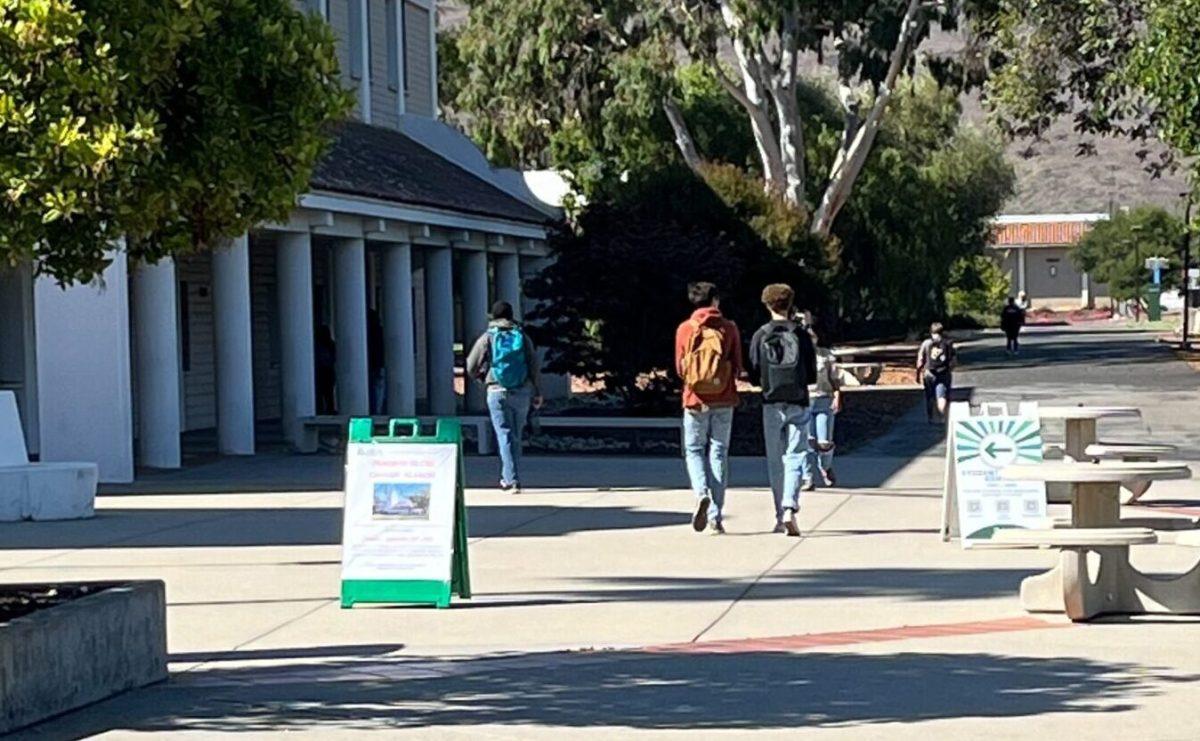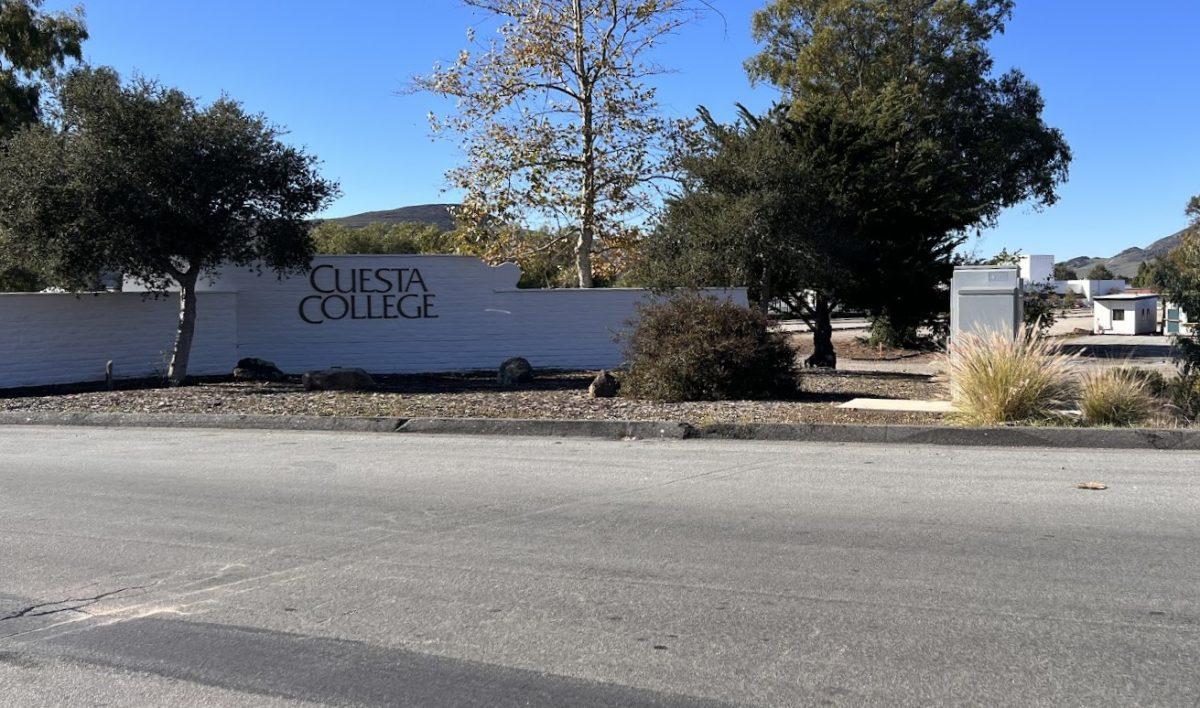Many Cuesta College students financially impacted by the pandemic can receive a grant from the new stimulus package, regardless of whether they qualified for emergency aid with the CARES Act.Â
This is just one way the roughly $14.47 million received by Cuesta College from the American Rescue Plan will be spent.
The first Coronavirus relief package, known as the CARES Act, directed money to students for “unexpected expenses and unmet financial need,†as explained in an IRS fact sheet. Similar to the second stimulus package in December, this new $1.9 trillion bill provides an extension for emergency student aid, and expands the parameters for student eligibility. Â
“One of the biggest differences between the CARES Act funding we received and the funding we have currently is that students don’t need to be Title IV eligible, which means a student could not have done well academically, and wouldn’t receive other federal funding, but could receive these,†said Michelle Evans, assistant director of financial aid at Cuesta College.
As with CARES Act funds, colleges are required to spend half of their allocations on emergency grants to students. However, Cuesta College President Jill Stearns indicated that Cuesta College may use even more than that.
“Because our students have been disproportionately impacted by the pandemic, in terms of loss of work and all of those related things, we have made very intentional decisions to put greater amounts toward student assistance,†Stearns said.Â
Students can apply through Cuesta College’s financial aid website. There is not a direct spending plan in place for the $14.47 million yet, as the college is still spending money that it received from the CARES Act. Those funds have a deadline for which they must be disbursed. However, Stearns discussed some of the plans and categories for which the new money will be spent.
In addition to direct student aid, the college will continue to offer on-campus Covid testing for students and employees in order to identify asymptomatic cases, which will help stop the spread from people who do not realize they are ill.
While acknowledging the effect that the quarantine alone has had on students, Stearns said that mental health services on campus will expand.
Money will go toward the installation of outdoor instructional spaces. Another need being worked out is food services for students who will be returning to both campuses this fall.
“We are erecting a couple of tents, and it’s not just the tents themselves, but it’s also making sure that there is a flat-level upgraded surface underneath,†Stearns said. “They’re doing the groundwork, having the tents, and making sure we have the media and technology to support instruction in some outdoor spaces.â€Â
Resources are also going toward health and safety in teaching spaces, such as air purification and upgrading air filters to allow for maximum air flow. More lab equipment is being purchased so that there is less sharing, which serves the short-term.
“But in the long term, eventually what would be existing equipment will be rotated out and we will have this newer equipment in place,†Stearns said.
Another area to receive a significant amount of money is the replacement of revenue lost from enrollment and parking permits. Without parking operations to cover police services, the impact on the general fund budget has been significant, Stearns said.
“Being able to backfill that and maintain our great employees is really important,†Stearns said. “Unfortunately, there are a number of colleges who have had to let people go, and we are really appreciative that we now have this opportunity to backfill and we are not having to make those kinds of decisions.â€
Stearns added that the staff has really missed the students, and that they are looking forward to seeing them return to campus in the fall.






















Daniel Burg • Apr 22, 2021 at 2:21 pm
Very informative. Well done.